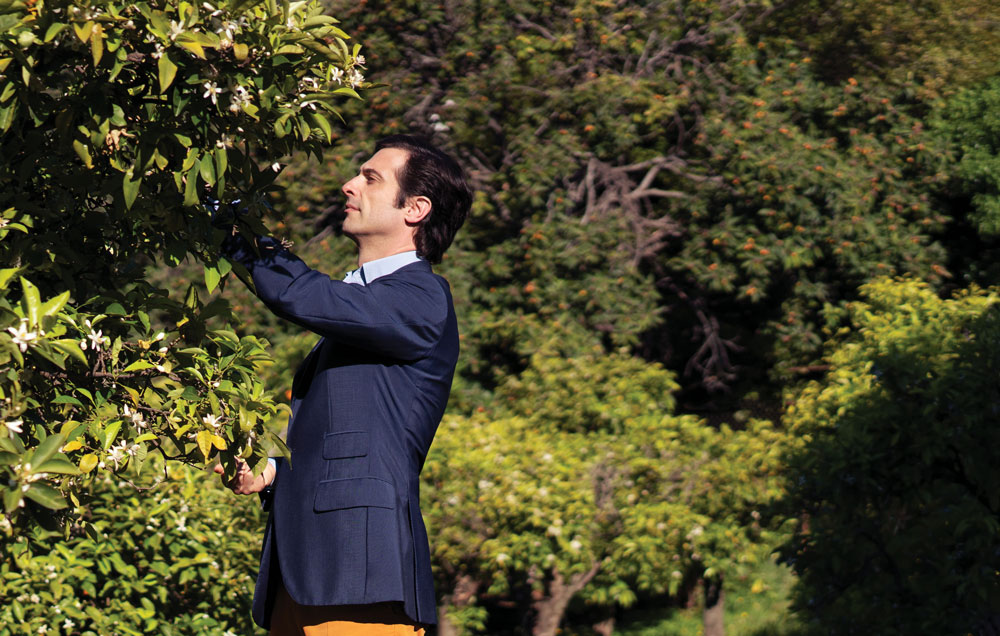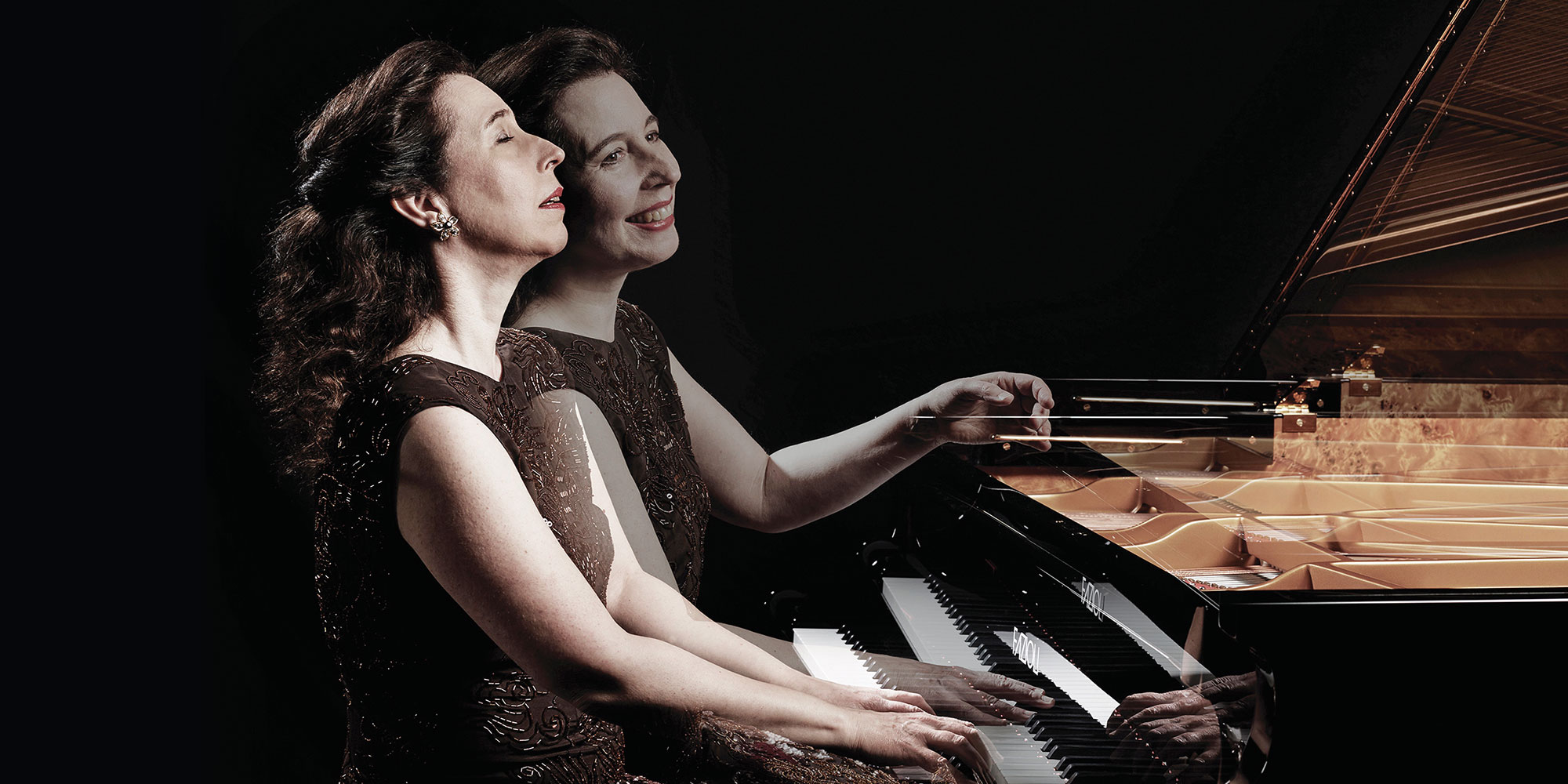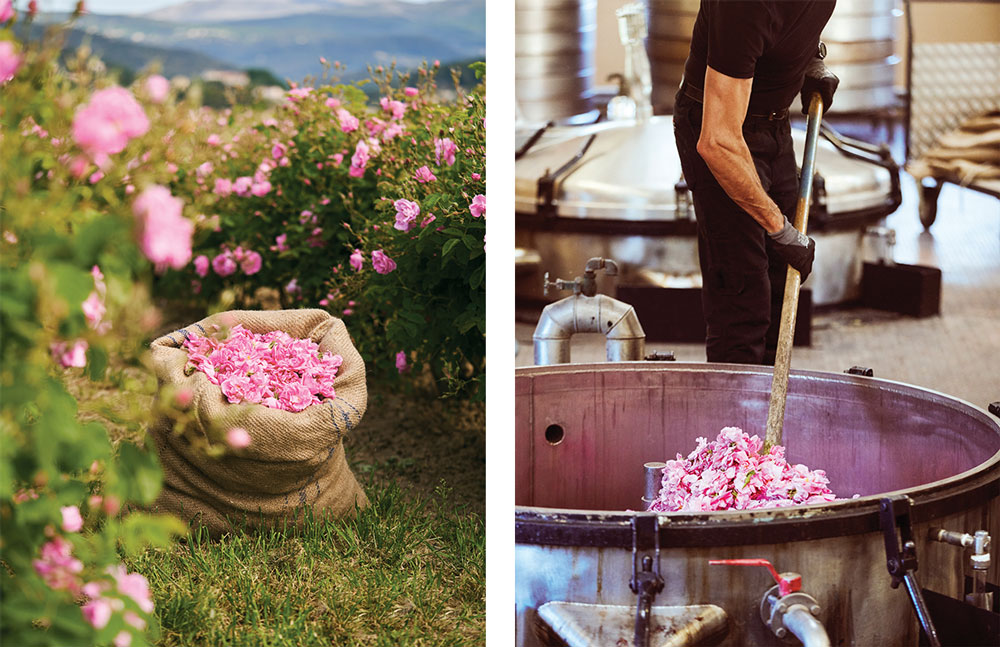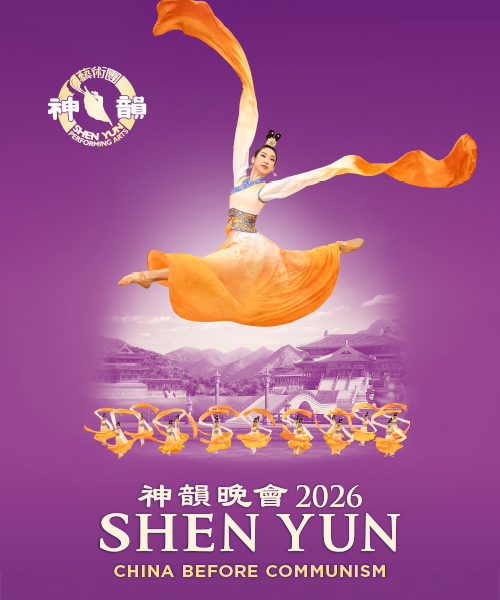
Where Wild Flowers Grow: The Secrets of CHANEL N°5
Discover the skills and artistry that go into concocting the world’s most iconic perfume.
- Text by James Dolan
- Photos Courtesy of Chanel
“In one little bottle of N°5 Parfum, there are over one thousand flowers.”
—Olivier Polge, CHANEL head perfumer
Nestled among the hills overlooking the Côte d’Azur in southern France sits Grasse, a small town with a sweet fragrance emanating from the flower fields surrounding the quietly flowing Siagne river. The fragrant scents from the roses, jasmines, and irises that bloom there have earned Grasse the distinction of being the world’s capital of perfume.
It’s the place’s peculiar combination of sun and terroir that makes it a fertile ground for the delicate flowers used to concoct the legendary CHANEL fragrance N°5.
In 1987, under the impetus of then head perfumer Jacques Polge, CHANEL partnered with the Mul family, the largest flower field operator in the Grasse region. Aptly known as Le Petit Campadieu, or The Little Camp of God, the farm is run by Joseph Mul, a fifth-generation farmer who devotes his days to caring for over 20 hectares of flower fields.

In the 17th century, the Grasse region introduced the May rose, a new bloom cultivated by grafting the white rose with the French rose. It was a breed made especially for perfume, emanating a sweet aroma of honey blended with spices. Its distinct scent became the soul of the now iconic CHANEL N°5 fragrance—12 May roses are infused in every 30 ml bottle.
The delicate and arduous processes that go into harvesting these precious roses and extracting their scents are part of the region’s heritage. It’s a craft where thoroughness is key, but so is efficiency as time is always of the essence.
The harvest period of May roses is fleeting, limited to only three weeks in May. During this period, skilled farm workers carefully but hastily comb through the fields of Le Petit Campadieu to hand-pick the best blossoms in the morning before the fragrance fades and the petals wither under the blistering Provençal sun.

The roses are then packed into large burlap bags and brought to the workshop in the centre of the field, where the extraction and distillation processes are carried out immediately to preserve the flowers’ most essential scent components.
A process that extracts the most potent fragrance follows, where petals are loaded into stacked circular trays, then dipped three times into a vat of special solvent. That solvent is then evaporated, leaving a scented wax called “concrete.” Afterwards, the wax is transformed into a concentrated liquid essence named “absolute.”
It usually takes up to 400 kilograms of roses to make just one kilogram of concrete. This very concentrated wax is further processed, whittling it down to a mere 600 grams of the rose absolute that lies at the base of every CHANEL N°5 perfume bottle.
“In creating N°5, the House developed a true fragrance savoir-faire,” says Olivier Polge, CHANEL’s head perfumer who inherited the role from his father Jacques in 2015. “[We] monitor the entire value chain from flower to bottle.”

The fragrance of jasmine and other flowers
Jasmine is another flower that shares the prestigious reputation of the May rose. “The jasmine of Grasse is unique,” Polge says. “It exhales a delicate and sensual scent and is also a key ingredient in the legendary CHANEL N°5.”
Picking jasmine likewise requires skill and experience. Given that their petals are even more delicate than those of the roses, extra care is needed. It takes a skilled worker three hours to pick one kilogram of jasmine, which contains about 8,000 flowers. In the end, it takes 350 kilograms of jasmine to make a single kilogram of jasmine concrete.
CHANEL and the Muls have also expanded the harvest to include geranium, tuberose, and iris, each bringing their unique aromatic notes to the bottle. Over the years, as the variety of flowers expanded, so did the skill set of its growers and pickers, as each requires specific skills to properly harvest.
To this day, the formula of the CHANEL N°5 perfume remains the French house’s best-kept secret. After all, as Polge so poetically says, “In one little bottle of N°5 Parfum, there are over one thousand flowers. … It’s a little world in and of itself.”
Inspired for a Beautiful Life
Related Articles

Interview With Angela Hewitt
A world-renowned Bach pianist reveals how the maestro’s divine intentions and multilayered harmonies can help us transcend life’s challenges.














